
Stop Wasting Food: How AI-Powered Meal Planning Transforms Your Pantry Into Delicious Meals
Discover how AI meal planning helps you reduce food waste, save money, and create delicious meals from ingredients you already have. Learn practical strategies to transform your pantry into a source of inspiration.
Verdu Team
The team behind Verdu, your AI-powered nutrition companion
You open your fridge at 6 PM, staring at half a bell pepper, some leftover chicken, and a container of wilting spinach. Meanwhile, your pantry holds cans of beans, rice, and spices you bought months ago. Sound familiar?
Here's a reality check: The average American household wastes 31.9% of the food they buy—that's nearly a third of your grocery budget thrown away. For most families, this adds up to over $1,600 per year in produce, dairy, and pantry items that never make it to the table.
But here's the good news: with the right approach to meal planning—especially using your existing pantry and fridge ingredients—you can dramatically reduce waste, save hundreds of dollars annually, and actually enjoy the process of deciding what to cook.
The Real Cost of Food Waste
Let's talk numbers for a moment, because understanding the scope of the problem is the first step to solving it.
According to research from Utah State University Extension, even the most efficient households waste about 8.7% of their food. For the average family? That jumps to nearly one-third of everything purchased.
What does this mean for you?
- Households could save up to $370 per person annually by reducing food waste
- Food not being used in time accounts for 41% of discarded food by weight
- Americans waste more than $408 billion each year on food collectively
Beyond the financial hit, there's the environmental impact. Wasted food means wasted water, energy, and farmland—resources that went into growing, transporting, and storing food that never gets eaten.
The U.S. Environmental Protection Agency notes that preventing food waste at home is one of the most impactful things individuals can do to reduce their environmental footprint.
Why Meal Planning From Your Pantry Works
The concept is simple: instead of planning meals and then shopping for ingredients, you flip the script. Start with what you already have, then plan meals around those ingredients.
The Benefits Are Real
Financial Savings: Use what you've already paid for before buying more. No more duplicate purchases or forgotten ingredients spoiling in the back of the fridge.
Less Decision Fatigue: When you know what ingredients you have, meal decisions become easier. You're not starting from scratch every night.
Reduced Food Waste: According to the EPA, households that check their inventory before shopping significantly reduce the amount of food they throw away.
Better Nutrition: Cooking at home with whole ingredients—even pantry staples like beans, whole grains, and canned vegetables—tends to be healthier than takeout or processed convenience foods.
Time Savings: Fewer grocery trips, less time wandering the aisles, and no more emergency runs because you forgot an ingredient.

The Challenge of Traditional Pantry Meal Planning
So if pantry-based meal planning is so beneficial, why doesn't everyone do it?
Because it's traditionally been a pain.
The old way looked like this:
- Manually write down every item in your pantry, fridge, and freezer
- Search recipe sites for dishes that use those specific ingredients
- Cross-reference recipes with your inventory
- Hope the recipe actually tastes good
- Repeat this process several times a week
It's time-consuming, tedious, and frankly, exhausting. After a long day at work, most people would rather just order takeout than spend 20 minutes inventorying their pantry.
This is where technology—specifically AI-powered meal planning—changes everything.
How AI Transforms Pantry Cooking
Imagine this instead: you open your fridge, snap a quick photo, and within seconds, you receive three personalized recipe suggestions that use exactly what you have on hand—plus they align with your nutrition goals and dietary preferences.
No manual inventory. No recipe searching. Just fast, practical guidance.
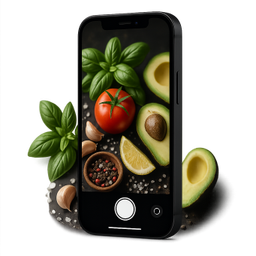
Smart Pantry Recognition
Modern AI technology can analyze a photo of your fridge or pantry and instantly identify ingredients. Verdu's pantry scanning feature takes this a step further by suggesting meals you can make with what you already have—factoring in your macro targets, dietary restrictions, and taste preferences.
No more guessing what to cook. No more forgotten ingredients going bad. Just smart, personalized meal ideas in seconds.
Here's what makes AI meal planning from your pantry so powerful:
1. Instant Ingredient Recognition
Take a photo of your fridge or pantry. AI vision technology identifies items—produce, proteins, condiments, pantry staples—without manual data entry.
2. Personalized Recipe Suggestions
The AI doesn't just find any recipe. It suggests meals that:
- Use ingredients you already have
- Align with your nutritional goals (protein targets, calorie limits, macro ratios)
- Match your dietary preferences (vegetarian, gluten-free, etc.)
- Fit your cooking skill level and available time
3. Smart Prioritization
AI can prioritize recipes that use ingredients nearing their expiration date, helping you use up food before it spoils.
4. Learning Your Preferences
Over time, AI learns which recipes you enjoy and suggests similar meals, making meal planning feel less like a chore and more like a personalized cooking assistant.
5. Automatic Grocery Lists
Once you've planned meals with your pantry items, AI can generate a shopping list for any missing ingredients—ensuring you only buy what you actually need.
5 Practical Strategies to Master Pantry-Based Meal Planning
Whether you're using AI tools or doing it the old-fashioned way, here are five research-backed strategies to reduce food waste and simplify meal planning:
1. Check Inventory Before Shopping
This sounds obvious, but it's the foundation of pantry-based meal planning.
The EPA recommends: Before every grocery trip, check your refrigerator, freezer, and pantry to avoid buying duplicates. Keep a running list of what you have and what you need.
Make it easier: Use your phone to take a quick photo of your fridge and pantry before heading to the store. Or better yet, use an app that tracks your inventory automatically.
2. Use the FIFO Method
FIFO stands for "First In, First Out"—a food management technique used by professional kitchens.
How it works: When you bring new groceries home, move older items to the front and place new items in the back. This ensures you use older food before it spoils.
Pro tip: Label containers with the date you bought or prepared them. This takes 5 seconds but prevents the "when did I make this?" guessing game.
3. Plan Flexible Meals
According to Utah State University Extension research, households that allow 1-2 unplanned meals per week actually waste less food. Why? Because life happens.
The strategy: Plan 5 meals per week instead of 7. Leave room for leftovers, unexpected dinner invitations, or those nights when you just want cereal for dinner.
This flexibility reduces the pressure to "use everything now" and decreases the likelihood of food spoiling because plans changed.
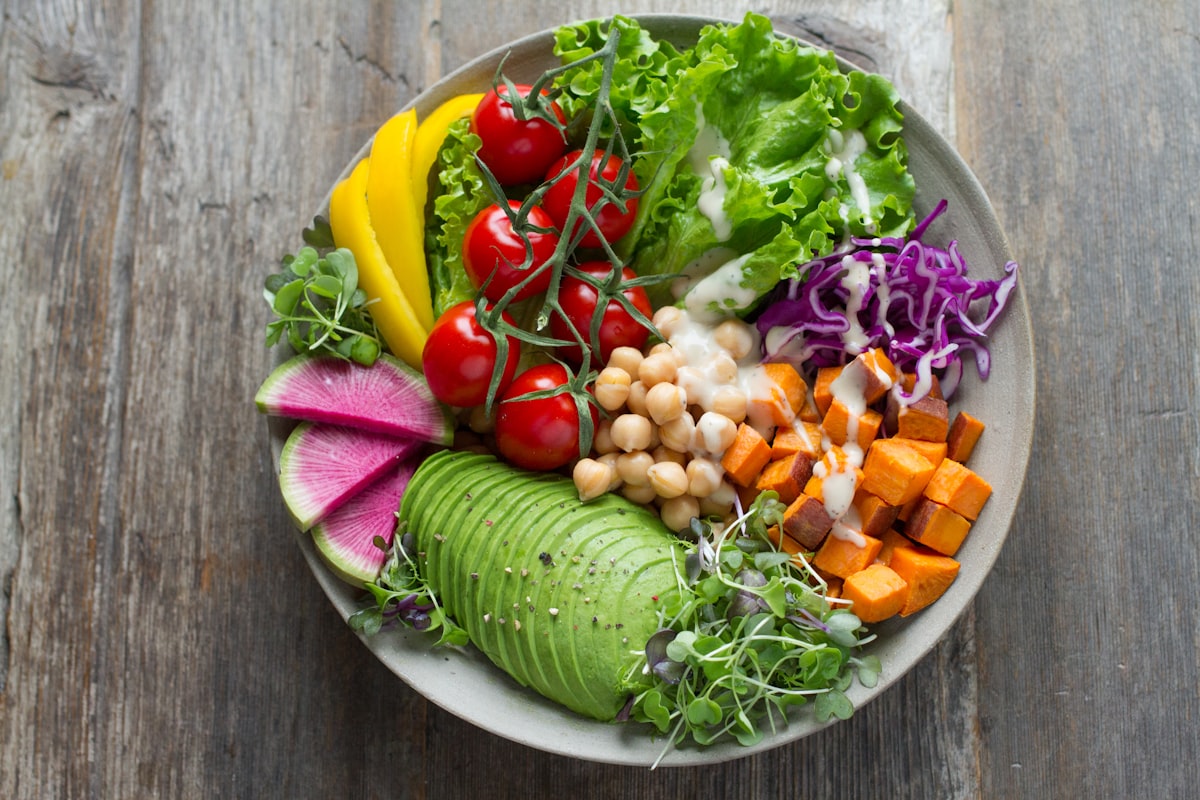
4. Shop With a List
Research shows that households who use a shopping list have reduced food waste significantly compared to those who shop impulsively.
Why lists work: They prevent impulse purchases triggered by store displays and sales. You buy what you need, not what looks appealing in the moment.
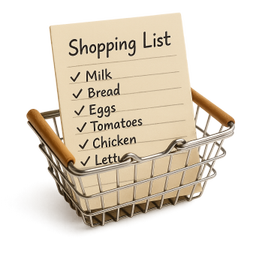
Smarter Shopping Lists
Here's where technology makes a huge difference. Instead of manually writing out a shopping list, Verdu's AI generates your grocery list automatically based on your planned meals and current pantry inventory. It knows what you already have, what you need, and even suggests quantities to avoid over-buying.
Buy only what you need. Save time at the store. Stop impulse buying items that end up going bad.
5. Get Creative With Leftovers
The EPA recommends repurposing produce past its prime into soups, casseroles, stir-fries, or smoothies. Slightly wilted greens? Perfect for a frittata or smoothie. Overripe bananas? Banana bread time.
Leftover strategy: Store leftovers in clear, accessible containers with labels. If you can see it and know when you made it, you're far more likely to eat it.
Batch cooking tip: When cooking proteins like chicken, beans, or rice, make extra. These become building blocks for quick meals throughout the week—salads, grain bowls, wraps, and more.
Getting Started: Your 3-Step Action Plan
Ready to reduce food waste and simplify meal planning? Here's how to start today:
Step 1: Take Inventory (10 minutes)
Spend 10 minutes checking your fridge, freezer, and pantry. Note what needs to be used soon—wilting vegetables, proteins nearing their use-by date, opened packages.
Quick win: Take photos of your fridge and pantry with your phone. This creates a visual reference you can check while planning meals or at the grocery store.
Step 2: Plan 3 Meals Using What You Have (15 minutes)
Choose 3 meals for the upcoming week that use ingredients you already own. Don't overthink it—simple is fine.
Examples:
- Rice + canned beans + frozen vegetables + salsa = burrito bowls
- Pasta + canned tomatoes + garlic + olive oil = marinara
- Chicken + pantry spices + rice = stir-fry or curry
If you're struggling to come up with ideas, search "recipes with [ingredient list]" online, or use an AI meal planning tool to get instant suggestions.
Step 3: Create a Short Shopping List (5 minutes)
Based on your planned meals, write down only the ingredients you're missing. Stick to the list at the store.
Bonus: Plan one "pantry challenge" meal per week—a meal made entirely from items you already have, without buying anything new. This keeps your pantry from getting cluttered and forces creative cooking.
Technology Makes It Easier
Look, we know that even with the best intentions, manually tracking pantry inventory and planning meals takes time most people don't have.
That's the reality, and it's why technology matters.
AI-powered nutrition apps are eliminating the friction that used to make pantry-based meal planning feel like a chore. Snap a photo, get meal ideas, generate a shopping list—all in under a minute. It's meal planning that actually fits into busy lives.
If you're tired of wasting food, throwing away money, and staring blankly into your fridge every evening, modern tools like Verdu can help. Get personalized meal suggestions from your pantry, track your nutrition effortlessly, and build sustainable habits that stick.
The Bottom Line
Food waste isn't just bad for your wallet—it's bad for the planet. But the solution doesn't require perfection. It requires a system.
Start with what you have. Plan meals around your pantry. Shop with intention. Use technology to make it easier.
Even small changes add up. If you reduce your food waste by just 10%, that could mean saving $160 per year for a family of four. Multiply that across thousands of households, and you're talking about real impact—financially and environmentally.
You don't need to become a meal-prep master or a zero-waste warrior overnight. Just start with one photo of your fridge and see what meals you can create this week.
Ready to stop wasting food and start eating smarter?
Download Verdu to get AI-powered meal suggestions from your pantry, reduce food waste, and take the guesswork out of "what's for dinner?"
Want more nutrition and meal planning tips? Check out our guide on Understanding Macronutrients or learn more about how Verdu works.
Related Articles
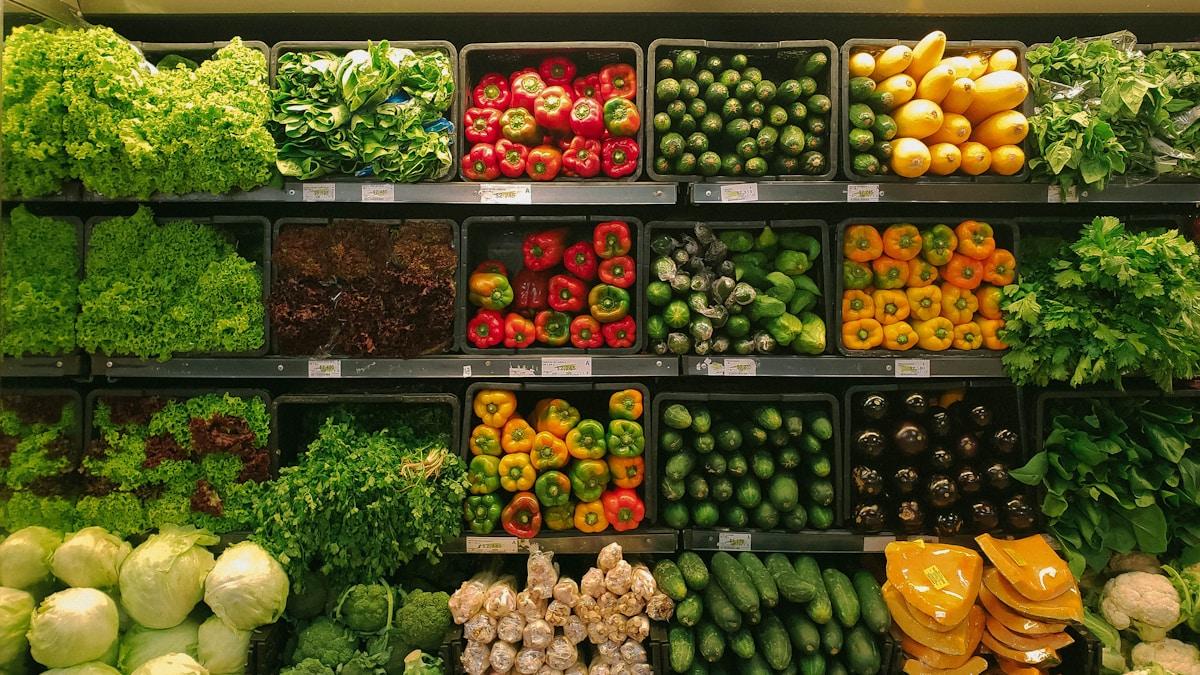
Budget-Friendly Healthy Eating: 10 Ways to Eat Nutritious Meals on $50 a Week
Discover 10 proven strategies to eat healthy on a tight budget. Learn how to enjoy nutritious meals for $50 per week with smart shopping, meal planning, and budget-friendly food choices.
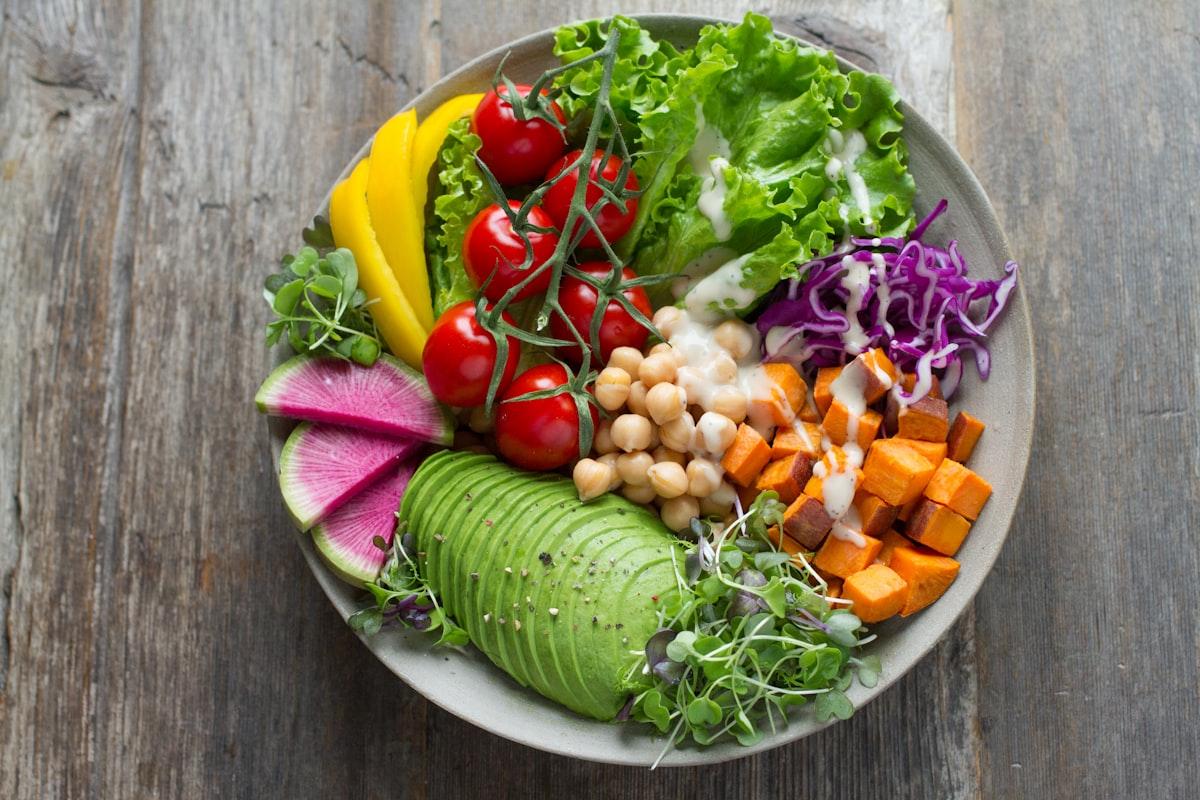
Meal Prep for Beginners: 7 Simple Strategies to Save Time and Eat Healthier All Week
Master meal prep with these 7 beginner-friendly strategies. Save hours each week, eat healthier, and stop stressing about what's for dinner.
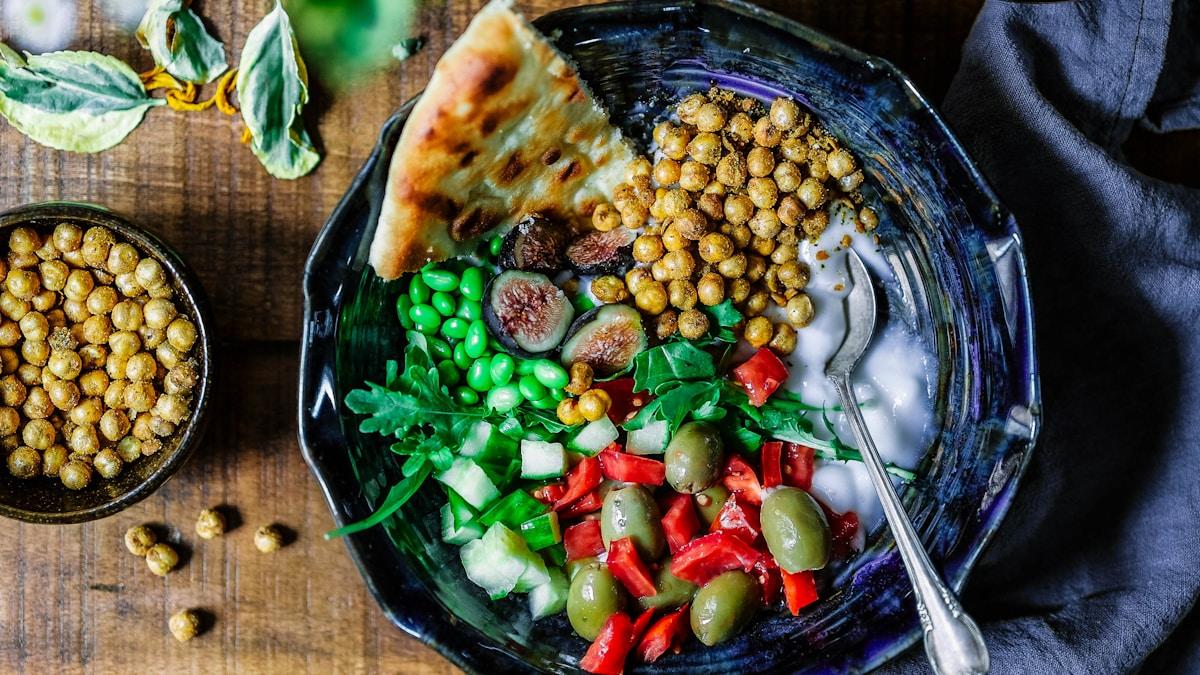
Boost Your Energy Naturally: Science-Backed Nutrition Strategies to Fight Fatigue
Discover evidence-based nutrition strategies to boost energy levels naturally, fight fatigue, and maintain metabolism throughout the day—no caffeine crash required.